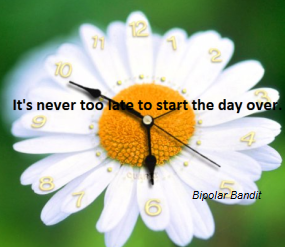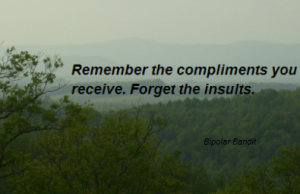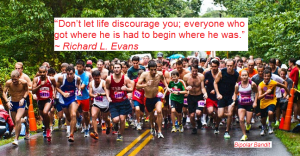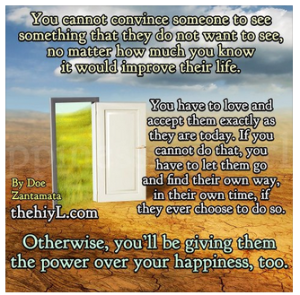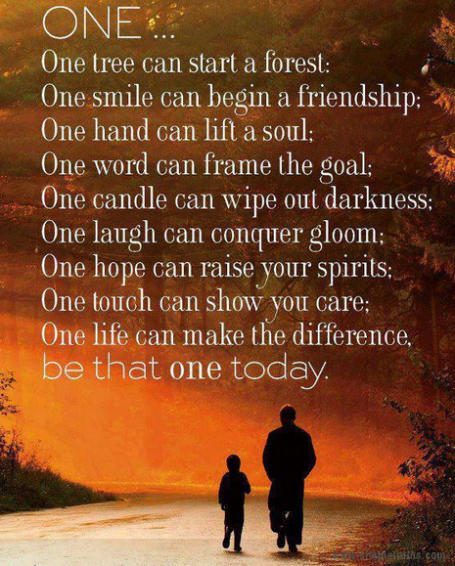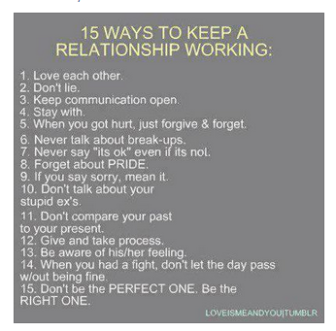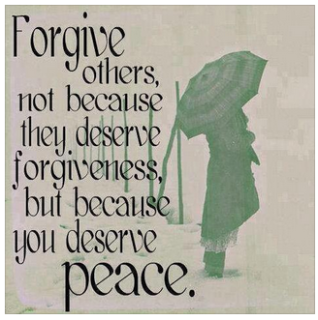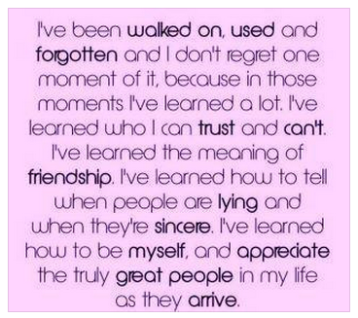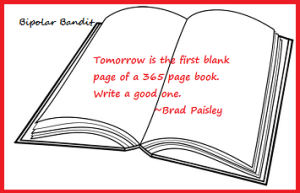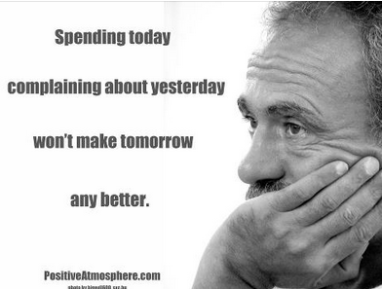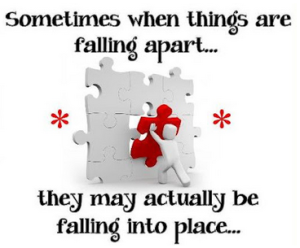As children we believe that we are the center of everything, that is why children who experience the trauma of problems in the family, such as marital discord and divorce, often blame themselves for it. It is just part and parcel of childhood development, It is even worse when parents appear to blame us by behavior that seems to be rejecting of us. Of course there are times when that is perception and there are times when the rejection is real. But do we know the motives behind these behaviors? Not always, because once again we think it is about us, not them.
The problems in my family were not about marital discord, but something that shook the very foundations of the entire family, the death of my brother. This is perhaps the most traumatic thing that can happen to parents, and it often results in divorce. In my parents’ case, they supported each other, which was good, but that does not mean that the family dynamics were not dramatically affected.
It has taken me a long time to put the pieces together and realize how much of my parents’ behavior towards me was a result of this. Some of the details I only found out about as an adult. My therapist also helped me to understand this better as well. I am now in a position where I am able to finally put myself in their place, rather than letting my wounded inner child carry the whole narrative. Perhaps I should have seen this earlier, I am now 50 years old, but better late than never.
From my earliest recollections, I never felt loved. My mother was critical and rejecting of me and my father was distant. I never bonded with either of them. There are many reasons for this dynamic, but one of the big ones was the accidental death of my older brother at age six. I was only a year and a half old when this happened and my sister was four,
Looking at family pictures is very telling. My sister for instance looked very happy and care-free before this happened. Afterwards I can see the birth of the very serious sister that I knew growing up.
I don’t remember my brother, yet oddly enough I miss him. A piece of the family went missing and never came back. I am told that he adored me, and would crawl along behind me on the floor and call me “baby-doll.”
The trauma didn’t actually start with his death, although that was the climax of it. He was always a sickly child. Born prematurely, he had a defect in his stomach valve that caused him to have serious fits of vomiting, where he became dehydrated enough to require medical attention. Insurance laws on pre-existing conditions back then made it extremely difficult for him to get the surgery he needed to correct the problem. Family pictures show him as a happy child, but pale and skinny. He looked similar to pictures I have seen of children with cancer.
Eventually he did have the surgery, but it did not fix the problem. During another one of his vomiting episodes my mother took him to the doctor. His regular doctor was out of the office, but another one was covering for him. My parents at that time had no idea that he was not a pediatrician. He gave my brother a shot of compazine for the nausea and sent him home.
The following details I only got from my father after my mother passed. I never knew the exact details of my brother’s death but they are horrifying.
In the afternoon my mother got a call from the doctor. He told her that he thought she should take my brother to the hospital. But my brother had stopped vomiting so she assured him that everything was fine. She just thought the doctor was acting out of an abundance of caution.
That night my brother died in his sleep. An autopsy showed that he had fluid in his lungs. The medical examiner believed that he aspirated vomit.
My father was very suspicious about the whole thing and went to see the pediatrician. Having not treated my brother himself he looked in the medical record. He did not have much to say to my father, but he left the record with my dad before leaving and asked for him to take it to the front desk. My father believes this was intentional, that the doctor wanted him to see what was in there. My father took note of what drug he was given and the dosage. When he looked it up he discovered that the doctor had given him the ADULT dose of the drug!
And the most horrible part of the whole thing is that obviously the doctor at some point realized what he had done, which is why he made the strange call to my mother. But he was too chicken to tell the truth so he could get help!
The way compazine works to stop vomiting is to reduce the gag reflex but it also reduces the choking reflex as well. In an appropriate dose that is not a problem. But in the dose that my brother was given it completely eliminated it. My mother gave him water before putting him to bed. That water went straight into his lungs, explaining the autopsy results.
My mother blamed herself for not taking him to the hospital. She felt that she had put finances before my brother’s well-being because my father had just gotten a new job and they did not have insurance yet. Of course it was never her fault but that did not stop her from feeling guilty.
My father put the blame where it belonged and went to a lawyer but at that time the doctors were the ones who had all the powerful lawyers so it would have been almost impossible to win the case. Furthermore my father had no money to pursue this. And it was not going to bring my brother back anyway.
So here was my grief stricken mother who was trying to hold it all together and still take care of two young children, one just a baby. No wonder I felt rejected, she simply couldn’t deal with it all. My sister was probably old enough to be sensitive to the situation and try not to be a bother. Even before my brother died though, my mother most likely was having some trouble taking care of me because my brother was sick all the time.
Things were very bad for my father as well. In fact I can’t even imagine how he had the strength to keep going. He had to take time off from his new job to take care of funeral arrangements. And his boss bullied him over it. And not just him, but my father’s co-workers as well. My father has told me that they actually made sick jokes about my brother’s death. And he also told me something that shocked me even more than that. He said that this is the kind of bullying that makes people want to kill themselves. Then he said “But suicide would not have solved anything.”
Even as I write this down I am fighting back tears. My poor, poor brave father! No one should ever have to go through that!
He actually stayed at the job because they needed the money. So day after day he had to keep going. He was fired eventually, and this same boss blacklisted him, so he could not get another job. But my father got lucky on one count. He talked to someone who knew this boss and it turns out this guy had something scandalous on him, and told my father not to worry, that he would take care of the situation. The blacklisting stopped.
After putting this all together how can I not have empathy for what both of them went through? I would not have been able to endure that.
I now know that it wasn’t about me. The rejection I felt was from two people who were struggling to keep their heads above water. And they made it. They loved my sister and I enough to keep going.
God bless them both.















